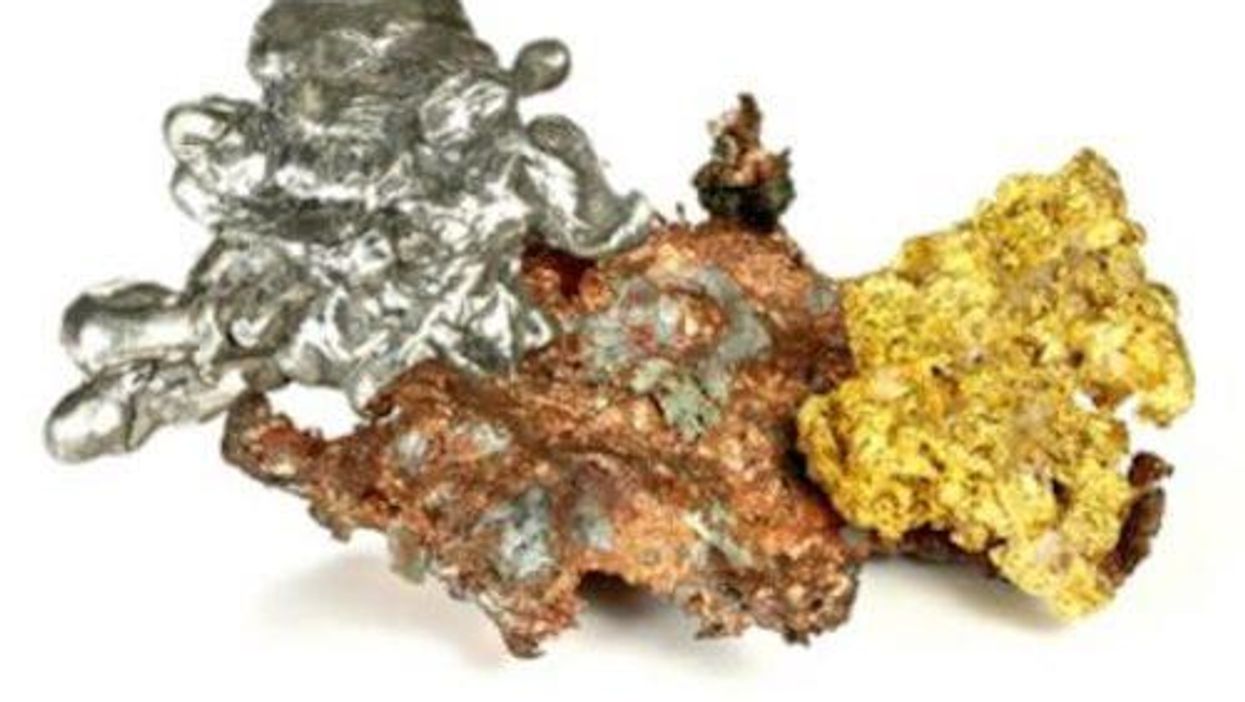Metals Weekly Round-Up: Gold Leads Commodities Pullback
Despite this week’s headwinds, the yellow metal is still holding above US$1,940 per ounce.
After hitting a new all-time high last week, gold retreated this session and is on track for a 4.2 percent decline. Despite the reversal, the yellow metal is still holding above US$1,940 per ounce.
Recent headwinds for the yellow metal come courtesy of a variety of factors, including an uptick in US Treasuries paired with some renewed strength in the US dollar.
Positive economic data out of America has also weighed on the broader precious metals sector; the country reported less than 1 million new jobless claims last week for the first time since the pandemic started. The base metals were also challenged over the five day period, trending lower.
Despite mostly holding above US$1,900, gold recorded its poorest performance since March this week. The decrease ended the currency metal’s nine week growth trend, but was expected by some.
“Everybody was eager for gold and the buying became so intense over the last few weeks that gold became overextended,” Robin Bhar, an independent analyst, told Reuters. “Nothing goes up in a straight line … (with the) over exuberance, things needed to correct, so we are now consolidating.”
This week’s correction may be short-lived as the US government continues debating another round of stimulus measures, a factor that is likely to impact gold.
“The first thing (driving gold) is this tremendous amount of money that has been poured into the global economy, much of it in US dollars,” Jeffrey Christian of CPM Group told the Investing News Network.
He continued, “You’ve seen this incredible increase in money, and that money isn’t necessarily going into the real economy. A lot of it is backed up — a couple trillion dollars — in bank deposits.”
At 10:44 a.m. EDT on Friday, an ounce of gold was priced at US$1,945.49.
Silver also pulled back this session, ending nine consecutive weeks of growth. Valued as both a precious and industrial commodity, the white metal was battered on two fronts as both sectors felt pressure.
Slipping by 5 percent over five days, silver is still holding in the US$26 per ounce range, which is an important psychological threshold for the metal, according to Nick Santiago.
Get Santiago’s full thoughts on silver as well as gold in the video above.
“Once we got through US$26.30 (on August 5), we broke what we call a Fibonacci 382 retrace; now silver sitting up here around US$28 (on August 10) tells us that the next Fibonacci retrace is going to be around US$30,” said the chief market strategist for InTheMoneyStocks.
Silver was selling for US$26.87 as of 10:52 a.m. EDT on Friday
Platinum hit its weekly high early on Monday (August 10) and trended lower for the rest of the week. By Friday (August 15) the price had shed 3.3 percent.
Continued demand challenges in the auto sector are preventing the metal from growing, but platinum has regained its March losses and is holding in the range it was at prior to pandemic closures.
At 9:45 a.m. EDT on Friday, platinum was trading for US$945 per ounce.
Palladium has faced similar headwinds as automotive demand is a primary end use of the metal.
Prices also spiked early in the week, hitting US$2,167 per ounce. Market volatility set in a day later, sending the price to its weekly low of US$1,942. Since then prices have pulled back above US$2,000.
Palladium was moving for US$2,063 at 11:01 a.m. EDT on Friday.
The base metals sector stalled this week, awaiting the next stimulus move from US Congress, plus the outcome of the US/China phase one trade deal review.
Copper was one of the few commodities to squeak out a gain, climbing from US$6,363 per tonne on Monday to US$6,380 on Thursday (August 14).
According to a Fastmarkets update, Chinese shipments of copper and aluminum have ballooned in recent weeks. That has prompted speculation that the country may be stockpiling ahead of another round of supply disruptions and scrap shortages.
Copper was priced at US$6,363 on Friday morning.
Zinc slipped lower this week, but has still added 6 percent to its overall value in the last month. The industrial metal is now in range of its year-to-date high of US$2,466 per ounce, set on January 22.
In a S&P Global Market Intelligence release, a brief overview of zinc was included.
It explains the metal’s price rise as follows: “The firm suspects zinc’s outperformance is due to mine supply issues, because although government-imposed lockdowns in most major metal mining nations are being relaxed, the rate at which mine output can be brought back could be slowed by still-high infection rates threatening to reduce labor availability.”
Zinc was selling for US$2,362.50 as of 11:53 a.m. EDT on Friday.
Nickel reached its year-to-date high on August 6, when it breached US$14,380 per tonne, taking out the previous high set in late January of US$14,285.
Since achieving the milestone in early August, prices faced some pressure this week, impeding new growth. On Friday, the metal was trading for US$14,106.
Lead was the only base metal to pull off a sizeable gain. Starting the week at US$1,880 per tonne, its price had climbed 2.7 percent by the week’s end.
Despite the move, the lead price is still 4.6 percent off its year-to-date high of US$2,026 set on January 16. The price sat at US$1,932 on Friday.
Don’t forget to follow us @INN_Resource for real-time news updates!
Securities Disclosure: I, Georgia Williams, hold no direct investment interest in any company mentioned in this article.
Editorial Disclosure: The Investing News Network does not guarantee the accuracy or thoroughness of the information reported in the interviews it conducts. The opinions expressed in these interviews do not reflect the opinions of the Investing News Network and do not constitute investment advice. All readers are encouraged to perform their own due diligence.
